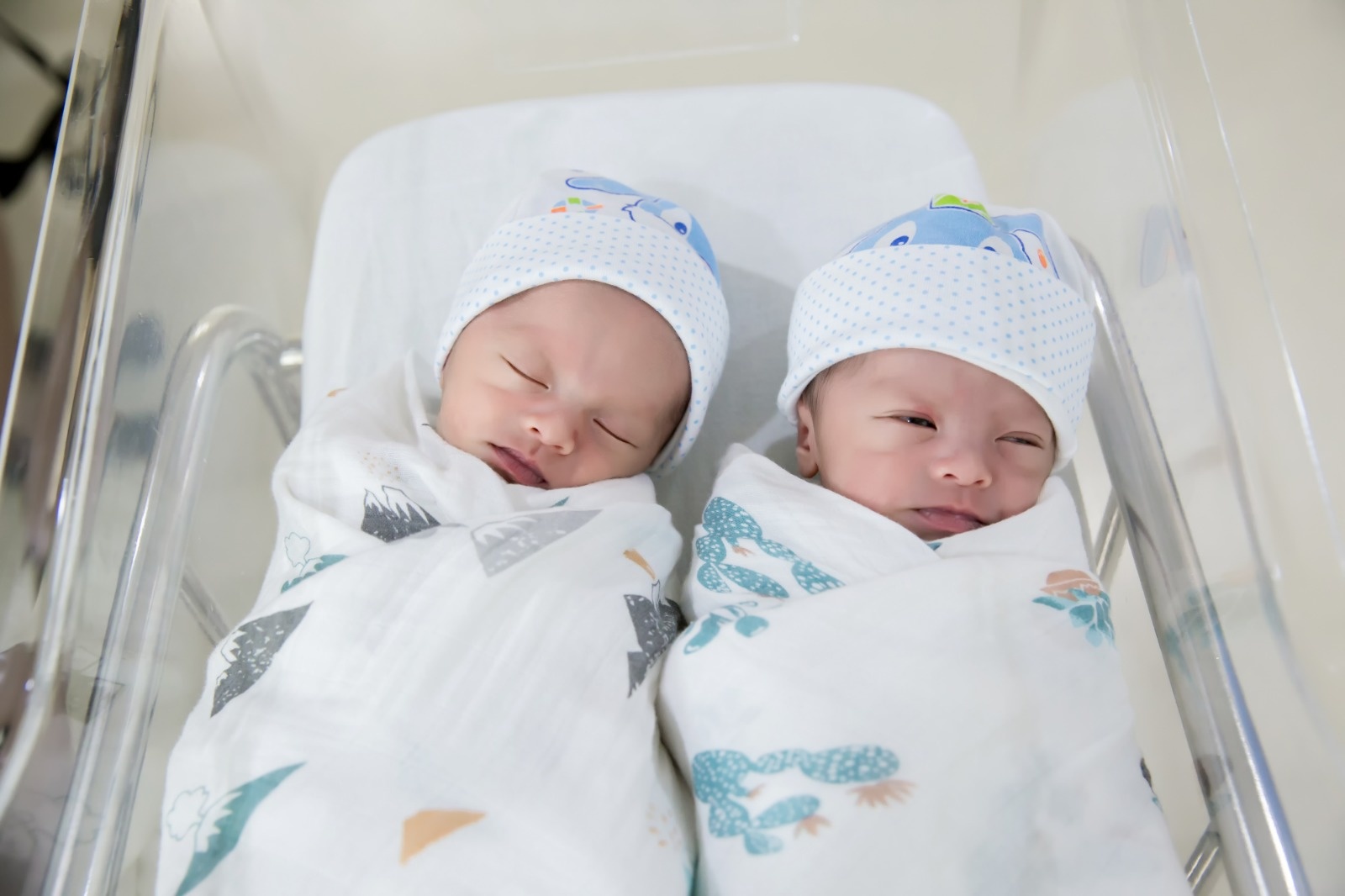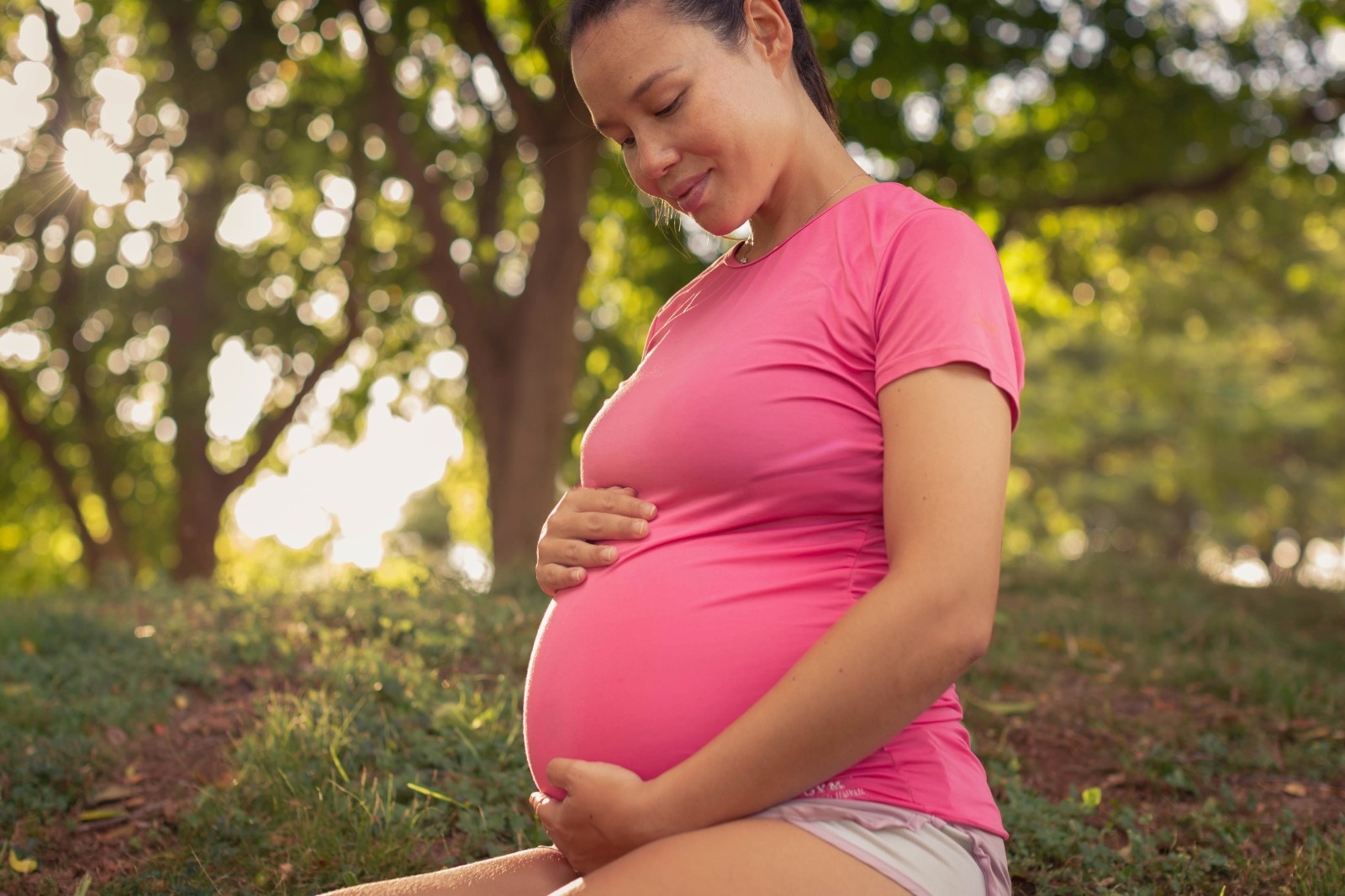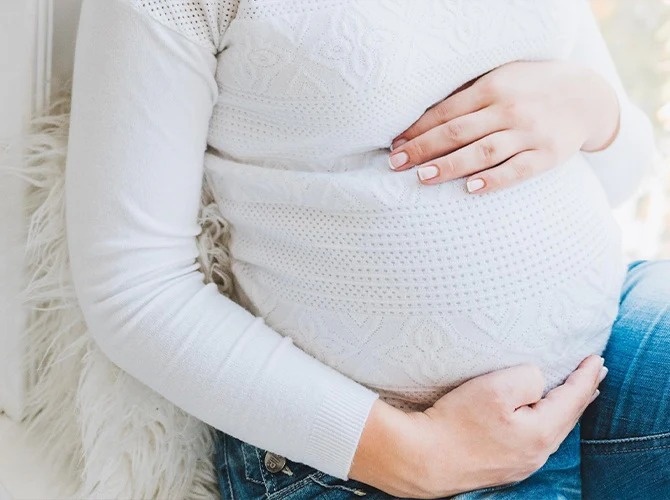As you probably know by now, multiple pregnancies come with a higher risk of premature birth, which can pose some serious challenges for your little twins, triplets or more. Bedrest during a multiple pregnancy is sometimes recommended to prevent complications, but it's important to note that it's not necessary for every multiple pregnancy. Women who are pregnant with singletons are also sometimes advised to be on bedrest when the need arises. If your pregnancy is progressing smoothly and without any issues, you may not need to undergo bedrest. Each pregnancy is unique, and the need for bedrest will depend on your specific circumstances and the advice of your healthcare provider.
Understanding Bedrest during Pregnancy:
Bedrest is typically prescribed when certain medical conditions or complications arise that pose a risk to the mother or the babies.
These conditions may include gestational hypertension, preeclampsia, preterm labour, placenta previa, cervical insufficiency, or a history of preterm birth. Bedrest aims to reduce physical activity and stress on the body, allowing the mother's uterus and cervix to relax, promoting better blood flow to the placenta, and minimising the risk of premature birth.
Benefits of Bedrest:
Reduction in preterm labour:
Multiple pregnancies are associated with a higher likelihood of preterm birth. By adhering to bedrest, expectant mothers of twins, triplets or more can reduce the strain on their bodies and decrease the risk of preterm labour, thereby improving the chances of the babies reaching full term.
Improved blood flow:
Bedrest allows for increased blood circulation to the placenta, ensuring that the babies receive an adequate supply of oxygen and nutrients. Proper blood flow is vital for their healthy growth and development.
Reduced strain on the cervix:
Bedrest may help prevent cervical shortening or funnelling, which are potential indicators of an incompetent cervix. By minimising physical activity and pressure on the cervix, bedrest aids in maintaining its integrity and reducing the risk of premature dilation.
Lowered risk of complications:
Bedrest can reduce the risk of complications such as gestational hypertension, preeclampsia, and placenta previa. By adopting a more relaxed lifestyle, expectant mothers can decrease stress levels and promote better overall health.
Risks of Bedrest:
While bedrest is often prescribed in certain situations during pregnancy, it's important to acknowledge that there are potential risks associated with prolonged periods of inactivity. Extended bedrest can lead to muscle atrophy, decreased bone density, cardiovascular deconditioning, and an increased risk of blood clots. It may also have negative psychological effects, such as feelings of isolation, anxiety, and depression. Additionally, bedrest can disrupt daily routines, limit mobility, and impact overall quality of life. It's crucial to weigh the potential benefits against these risks and to discuss them thoroughly with your doctor before committing to a bedrest regimen.
Types of Bedrest:
There are a couple of different types you should know about. The first one is modified bedrest. This means that you have some leeway to do a bit of physical activity and move around your house, but there are still limits. You'll need to avoid heavy lifting and intense exercise, though. On the other hand, we have strict bedrest. This one is a bit more intense. If you're on strict bedrest, you'll mostly be hanging out in bed throughout the day. You'll have short periods of gentle activity and bathroom breaks, but for the most part, it's all about staying put. The type of bedrest you're assigned will depend on your specific situation and what your doctor recommends.
Coping with Bedrest:

Seek support: Bedrest can be physically and emotionally challenging. Reach out to family, friends, or support groups to share your concerns, fears, and experiences. They can offer comfort, advice, and distractions to help pass the time.
Stay connected: Video calls, texting and online forums can help you stay in touch with friends and family and maintain a sense of normalcy.
Engage in mental and creative activities: During this time, you can consider exploring hobbies such as reading, writing, knitting, painting, or puzzles. Engaging in stimulating mental and creative activities can help to distract you from the challenges of bedrest.
Follow medical advice: It's crucial to adhere to your healthcare provider's recommendations and guidelines during bedrest. Attend regular check-ups, take prescribed medications, and follow any additional instructions provided.
Bedrest with an older toddler (or two!):
For pregnant women on bedrest with an older toddler to care for, maintaining interaction and engagement can be both challenging and essential. Despite physical limitations, there are various ways to stay connected and involved in your toddler's life.

Consider setting up a cozy play area near your resting space, stocked with toys, books, and activities your child enjoys. Utilize technology for virtual storytimes or video calls with family members who can provide additional entertainment and support. Engage in quiet activities together, such as puzzles, colouring, or simple crafts, that can be done from the comfort of your bed. Encourage independent play by organising toys and games within easy reach, fostering your child's creativity and autonomy. Additionally, enlist the help of friends, relatives, or a babysitter for occasional outings or playdates, allowing your toddler to expend energy while you prioritise rest. By finding innovative ways to interact and bond with your older child, you can maintain a nurturing environment despite the challenges of bedrest.
While bedrest is not as frequently prescribed these days, there is still a possibility that it could be a part of your multiple pregnancy journey as you carry twins, triplets or more. The reassuring news is that many mummies who have taken the same path all agree that bedrest is a worthwhile pain to endure as it increases the chances of a successful delivery of healthy babies. If you have been asked to go on bedrest by your doctor, please try your best to endure the difficulties and challenges that come with it. You can do it!
–––
Wish to be featured or have any tips to share with our community of twin and triplet parents in Singapore? Drop us a note here!
All content from this website, including images, cannot be reproduced without credits or written permission from Multiples Matter.








